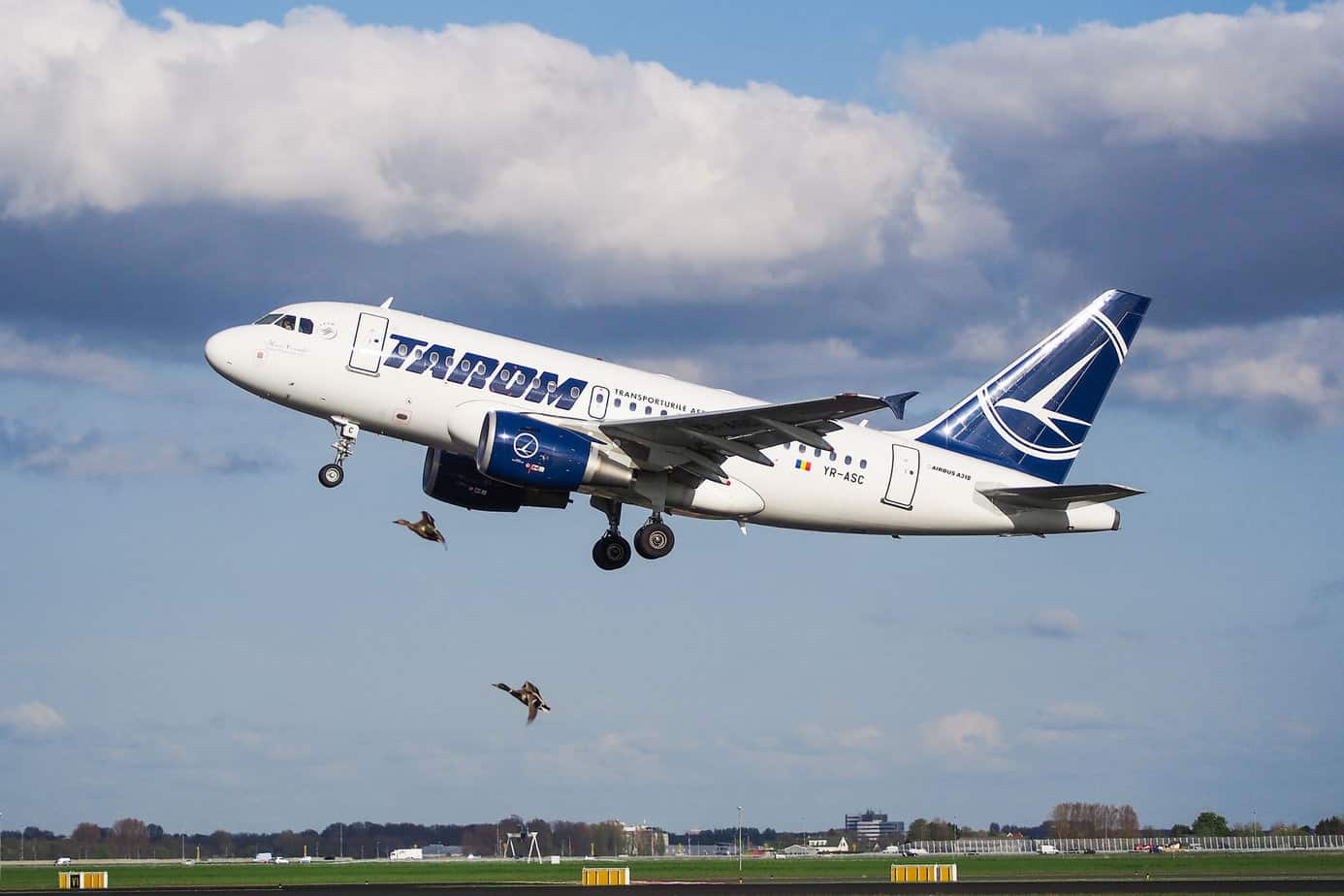Bird Strikes in the Aviation Industry are Increasing. What are the Dangers?
Air travel is widely considered the safest form of transportation due to several factors, including adhering to stringent safety regulations and continuous advancements in aircraft technology, maintenance practices, and air traffic control systems. Despite being one of the safest modes of travel, the aviation industry faces an escalating threat from bird strikes, which poses risks to the overall safety of passengers and crew.
What is a Bird Strike?
A bird strike refers to a collision between a bird and an aircraft, typically occurring during the aircraft’s takeoff, landing, or during flight. Notably, around 90% of these incidents happen in close proximity to airports, with take-off and landing phases being particularly vulnerable.
A Soaring Increase in Bird Strikes
Bird strikes have witnessed a concerning rise over the course of the past 30 years. The Federal Aviation Administration (FAA) reported a steady increase in the number of strikes per year, soaring from approximately 1,800 incidents in 1990 to a staggering 17,357 incidents in 2019. Overall, this equates to an average of over 47 bird strikes occurring daily in 2019 compared to an average of about 5 bird strikes occurring daily in 1990.
Bird strikes can pose significant risks to aviation safety, potentially causing damage to the aircraft and endangering the passengers and crew.
How Much Damage Can Bird Strikes Cause?
Bird strikes pose risks to both passengers and aircraft. The consequences can range from minor damage to catastrophic incidents, leading to substantial repair costs.
Human Safety Concerns
While modern aviation practices and safety measures aim to minimize the risks, there have been instances where bird strikes have caused accidents or emergency situations. The impact of a bird strike can lead to critical events such as:
- Cracked or Broken Windshields: Bird strikes often result in cracked or shattered windshields, potentially compromising the structural integrity of the aircraft. This can lead to immediate risks, including cabin depressurization, which requires pilots to take prompt action to ensure the safety of passengers and crew.
- Engine Failure: One major risk of a bird strike is the ingestion of birds into the aircraft’s engines. The birds can be drawn into the engine intakes, causing damage to the fan blades, and disrupting the engine’s functionality. Engine failure due to bird strikes can result in a loss of thrust, reduced aircraft performance, or even complete engine shutdown.
Financial Costs
Bird strikes also impose substantial financial burdens on the aviation industry. The damage incurred can result in expensive repairs, inspections, and maintenance.
Financial impacts can include:
- Repair Costs: According to data from the Federal Aviation Administration (FAA) in the United States, bird strikes cost airlines millions of dollars annually in repair expenses. Replacing damaged components, such as windshields, engine parts, or other affected areas, can be a costly process.
- Flight Delays and Cancellations: Bird strikes can lead to flight delays or cancellations while aircraft undergo inspections and repairs. These disruptions can have additional financial implications for airlines, including passenger compensation, rescheduling costs, and reduced operational efficiency.
- Insurance Costs: Birdstrike incidents can increase insurance premiums for airlines and aircraft operators. Frequent or severe incidents may result in higher insurance rates, reflecting the perceived risks associated with operating in areas prone to such incidents.
It is crucial to address the issue of bird strikes proactively, as it not only affects aviation safety but also financially impacts the aviation industry.
What Can Be Done to Prevent Bird Strikes?
Keeping birds away from airports can be challenging. However, this can be achieved by taking preventative measures and implementing an effective Airport Bird Control System. Bird-X offers a range of effective and humane bird control solutions to deter birds from the airport vicinity. By implementing these solutions, airports can significantly reduce the risk of bird strikes and maintain a secure operational environment.
Mega Blaster Pro
The Mega Blaster Pro is our most powerful sonic bird control system. This 20-speaker, solar-powered system covers up to 25 acres, broadcasting distress calls at up to 125 decibels that frighten birds away. This system is trusted around the world to keep airports bird-free.
Critter Blaster Pro
The Critter Blaster Pro is designed for large, remote outdoor areas and uses digitally recorded, customizable harassment sounds to deter pest animals from large outdoor areas.
GooseBuster Pro
The GooseBuster® Pro repels Canada Geese from outdoor areas using scientifically-proven methods based on their behaviors and vocal communications. It broadcasts authentic goose sounds, including alert and alarm calls, to make geese feel under threat and evacuate the area without identifying the source.
Bird Balls
Bird balls are floating covers that deter birds and wildlife by resting on the water’s surface. They prevent geese, ducks, swans, gulls, and other wildlife from entering or interacting with the body of water. By making the water unrecognizable to pest birds and wildlife, these covers keep airport retention and detention ponds free from waterfowl and other wildlife.
To learn more about our Airport Bird Control System, contact our bird control specialists at +1 312-226-2473 or toll-free (U.S. & Canada) at 800-662-5021.
Sources:









Leave a Reply
Want to join the discussion?Feel free to contribute!